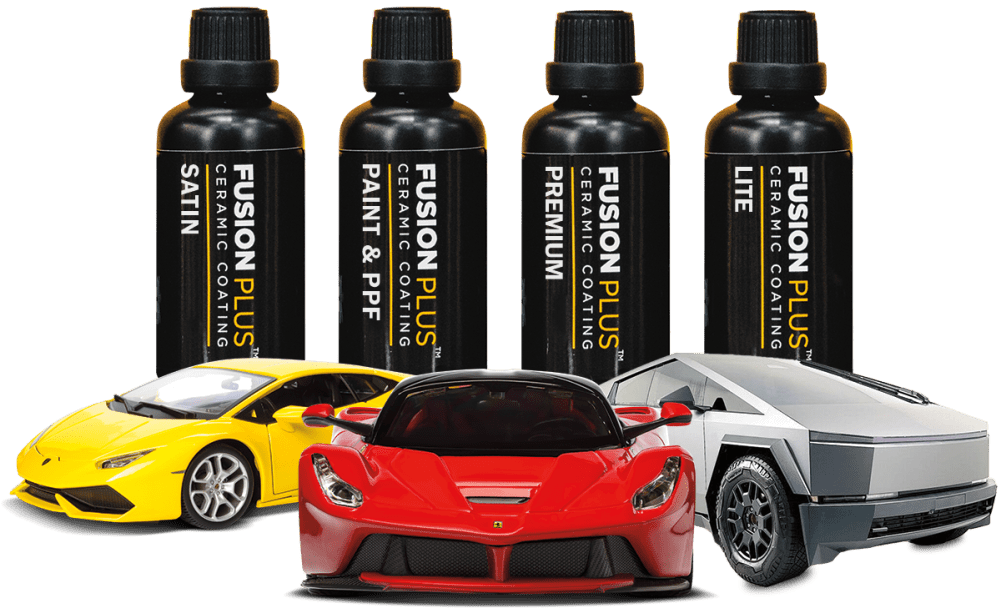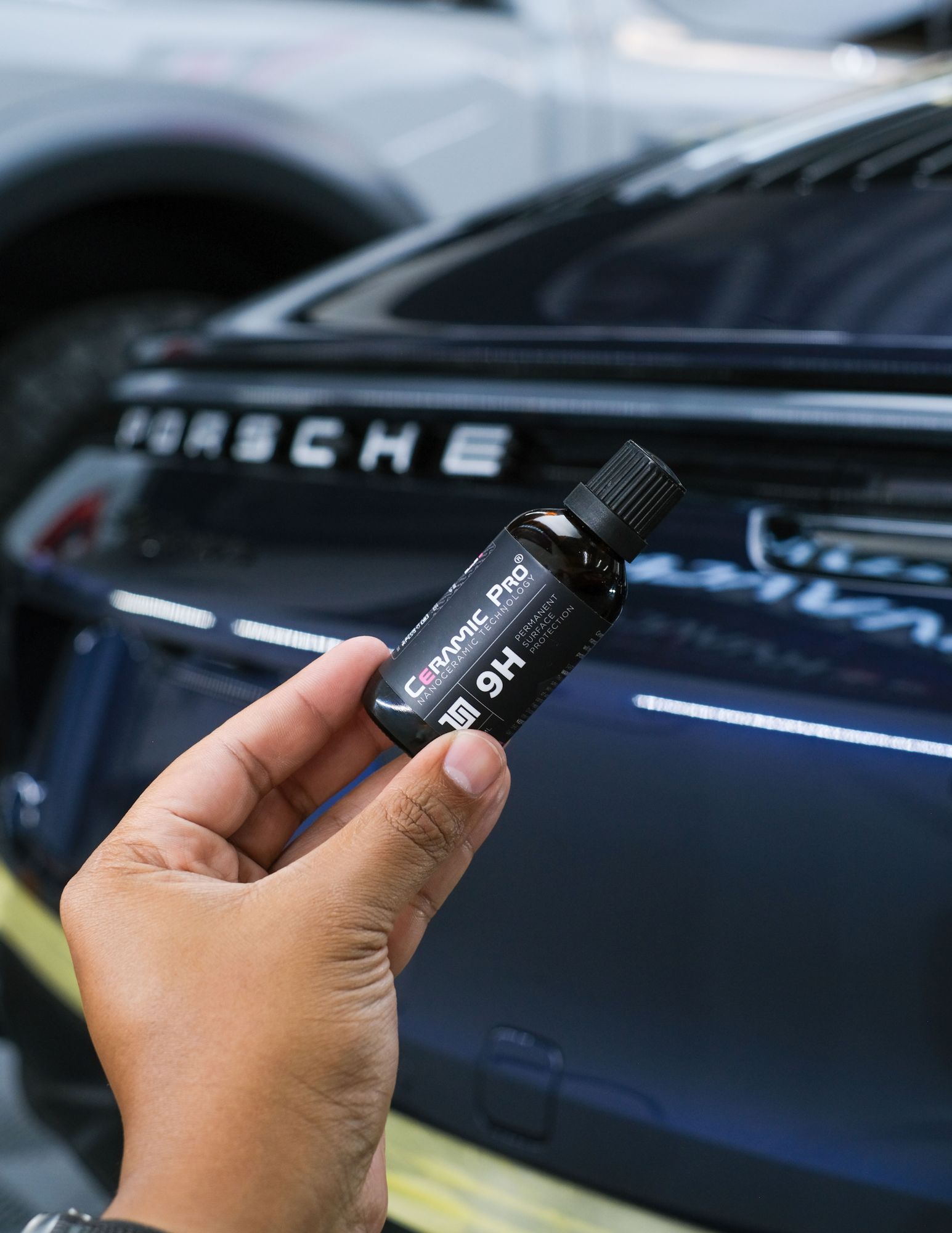Top Benefits of Ceramic Coating for Long-Lasting Car Care
Top Benefits of Ceramic Coating for Long-Lasting Car Care
Blog Article
Ceramic Covering vs. Traditional Wax: Which Supplies Much Better Long-Term Defense?
The argument between ceramic finishes and typical wax for lorry defense has actually amassed substantial focus amongst auto fanatics and specialists alike. While both offer the function of securing paint, their differences in sturdiness, application, and long-lasting maintenance costs might affect a customer's option. Ceramic finishings boast exceptional durability and resistance to ecological factors, yet the complexity of their application questions about availability and practicality. As we discover these contrasting alternatives, it ends up being important to think about not only the immediate advantages however also the effects for automobile care over time.
Summary of Ceramic Covering
Ceramic layer has gained considerable popularity among auto lovers and detailers alike as a result of its sophisticated safety qualities. This ingenious technology is created to develop a resilient, hydrophobic guard over a vehicle's paint surface area, significantly improving its resistance to ecological contaminants such as dirt, UV rays, and chemical spots. Unlike conventional wax, which provides a momentary layer of defense, ceramic coatings bond at a molecular degree with the paint, offering durable durability-- typically prolonging past two years with proper maintenance.
The application procedure entails meticulous preparation of the car's surface area, including cleaning and polishing to make sure optimum adhesion. Once applied, the finishing treatments to create a durable layer that not just includes deepness and gloss to the paint yet also simplifies maintenance. With its hydrophobic residential properties, ceramic layer permits water and dust to glide off even more quickly, minimizing the regularity of cleans and decreasing the threat of swirl marks.
In addition, ceramic coatings are available in various formulations, permitting customers to pick items tailored to their specific needs and choices. On the whole, ceramic layer stands for a considerable development in paint protection technology, supplying premium efficiency compared to standard alternatives.
Overview of Conventional Wax
Typically considered a staple in automotive treatment, wax offers as a popular choice for those looking for a simple method to enhance and shield their car's paint - ceramic coating. Automotive wax usually comprises all-natural components, such as carnauba, or artificial compounds, designed to develop a protective layer externally of the paint. This layer not only boosts the automobile's gloss and shine but additionally offers an obstacle against ecological contaminants
The application of wax is generally easy to use, making it available for both specialists and DIY fanatics. It can be applied by hand or equipment, enabling convenience in the detailing procedure. When used, wax requires a treating period, after which it solidifies to create a protective covering. Wax is additionally known for its capacity to fend off water, advertising a beading result that aids in the avoidance of water places and corrosion.
However, while wax is reliable for boosting the visual allure of an automobile, it is very important to keep in mind that the defense it provides might demand a lot more frequent reapplication contrasted to alternative products, such as ceramic layers. Overall, traditional wax continues to be a popular alternative for those prioritizing check here simplicity of use and prompt visual renovation.
Resilience and Long Life Contrast
While both ceramic layers and typical wax deal protective benefits for vehicle paint, their toughness and longevity vary considerably. Traditional wax, usually made from natural carnauba or synthetic polymers, generally supplies a safety layer that lasts around three to 6 months. This fairly brief life-span necessitates regular reapplication to maintain ideal protection.
On the other hand, ceramic finishings are crafted from advanced nanotechnology, forming a covalent bond with the paint surface. This results in a robust, hydrophobic layer that can sustain for two to five years, depending upon the item and ecological problems. The premium sturdiness of ceramic finishes is associated to their chemical framework, which uses enhanced resistance to scrapes, UV rays, and oxidation.

Security Against Ecological Factors
Protecting a vehicle's paint from environmental aspects is crucial for keeping its appearance and value with time. Autos are frequently revealed to a range of aspects, consisting of UV rays, bird droppings, tree sap, acid rain, and road crud, all of which can compromise the stability of the paintwork.
Ceramic finishings offer a durable defense versus these environmental assailants. Unlike traditional wax, which can degrade rapidly under UV exposure, ceramic coverings create a resilient, hydrophobic layer that resists the dangerous effects of sunlight and toxic wastes. This innovative innovation develops a chemical bond with the automobile's surface, using superior security that lasts for several years, even in rough problems.
In comparison, ceramic layers keep their safety high qualities longer, dramatically lowering the danger of paint damage and ensuring that the lorry preserves its aesthetic appeal. As an outcome, ceramic finishes are progressively recognized as the premium option for long-term defense versus environmental variables.
Application and Maintenance Distinctions
The methods of application and subsequent upkeep for ceramic finishings and traditional wax differ dramatically, affecting the total user experience and performance of each product. Ceramic finishes require a more detailed application procedure, usually entailing surface preparation that consists of cleaning, decontaminating, and brightening the lorry. Once the surface is all set, the ceramic covering is applied in a regulated environment, frequently requiring specialist knowledge to make certain correct curing and bonding to the paint.

While both items enhance lorry look, the longer-lasting defense supplied by ceramic finishings may justify their initial financial investment, regardless of the even more requiring application process. Alternatively, conventional wax remains a preferred choice for those seeking a simpler, albeit short-term, remedy.

Verdict
To conclude, ceramic layers demonstrate considerable benefits over traditional wax in terms of toughness and environmental defense. With a life expectancy prolonging two to 5 years and superior resistance to UV rays, visit this web-site dirt, and chemical stains, ceramic layers provide a more reliable option for lasting lorry maintenance. The application procedure might require expert know-how, the resulting cost savings and reduced frequency of reapplication highlight the value of ceramic layers for those looking for optimum lorry security.
The dispute in between ceramic coatings and typical wax for automobile protection has actually gathered significant focus among vehicle fanatics and experts alike. Unlike conventional wax, which gives a short-lived layer of defense, ceramic finishes bond at a molecular degree with the paint, offering durable resilience-- often prolonging beyond 2 years with appropriate maintenance.
While both ceramic layers and conventional wax offer protective advantages for automotive paint, their resilience and durability vary substantially. For auto enthusiasts seeking long-term defense, ceramic finishings present a compelling benefit over traditional wax items.
In conclusion, ceramic coverings demonstrate substantial benefits over standard wax in terms of longevity and ecological security.
Report this page